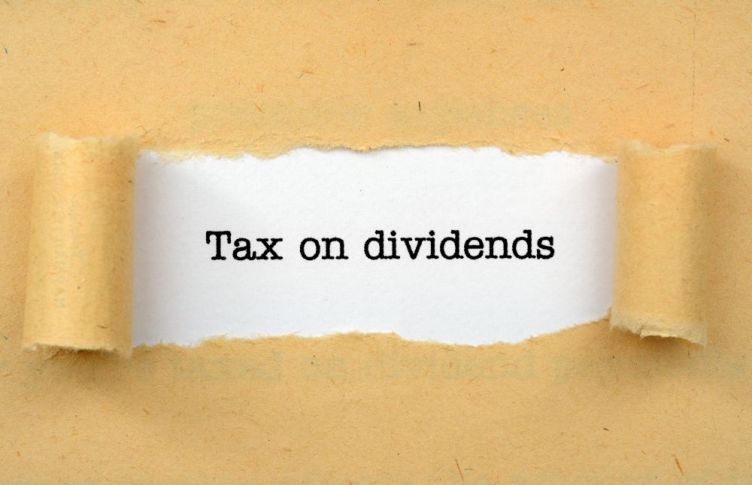If you run a limited company, you can pay yourself a salary, expenses and benefits by registering as an employer with HM Revenue & Customers (HMRC), with the company taking income tax and National Insurance contributions from your salary and paying these to HMRC.
An alternative way to take money out of the company, however, is to pay yourself dividends. A dividend is a payment a company can make to shareholders when it makes a profit. You usually have to pay dividends to all shareholders and you need to hold a directors’ meeting to declare the dividend and keep minutes from it, even if you’re the only director – in which case the meeting will effectively be a paperwork exercise.
For each dividend payment distributed by the company, you need to create a dividend voucher that shows the date, company name, amount of dividend, names of shareholders being paid, and the amount of the “dividend tax credit”.
You have to pay tax on income from your dividends, but you get dividend tax credit. The sum of dividends received is added to the tax credits to produce your “dividend income”.
### How dividend tax credits are calculated
The dividend you are paid makes up 90% of your dividend income, and the remaining 10% is the dividend tax credit. So, say you are paid a dividend of £90 – a tax credit of £10 would be added, to give you a total dividend income of £100.
### Dividend tax rates for 2014-15
For dividend income falling within the basic rate tax band (£0 to £31,865), a 10% tax rate is applied. Dividend income within the £150,000 higher rate tax band is taxed at 32.5%. For dividend income above the higher tax rate band, a rate of 37.5% is paid.
So, back to our example of a dividend of £90 being paid with £10 added in tax credit. If you pay the basic rate of tax, your dividend income of £100 would be taxed at 10%, leaving you with £90. Effectively, this means you aren’t actually paying tax on your dividend, because 10% in tax credit was added to the money you were paid to produce your dividend income anyway.
If you pay the higher rate of tax, although you pay 32.5% tax on your dividend income, in practice you only owe 25% of the dividend paid to you once the added tax credit has been taken into account.
Similarly, if you pay tax on income in excess of the higher rate, the 37.5% dividend income tax rate effectively becomes 30.6% thanks to the tax credit added to your total dividend income.
### If you don’t pay tax
If your taxable income is less than your personal allowance and you don’t pay tax, you cannot claim the 10% tax credit on dividends paid to you – the 10% is given as credit against income tax due, so if you don’t pay income tax, you can’t claim it.







_75_75_s.jpg)
_75_75.jpg)



















